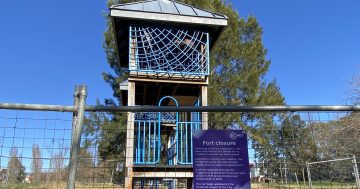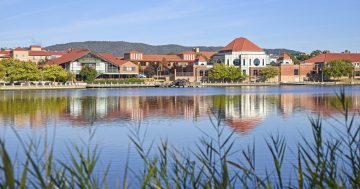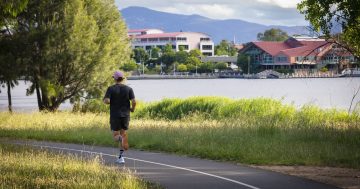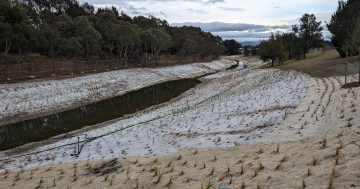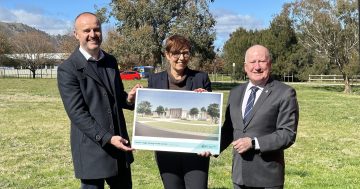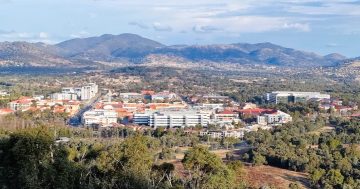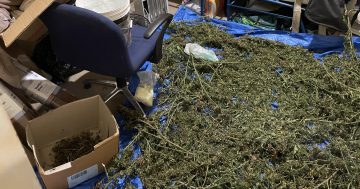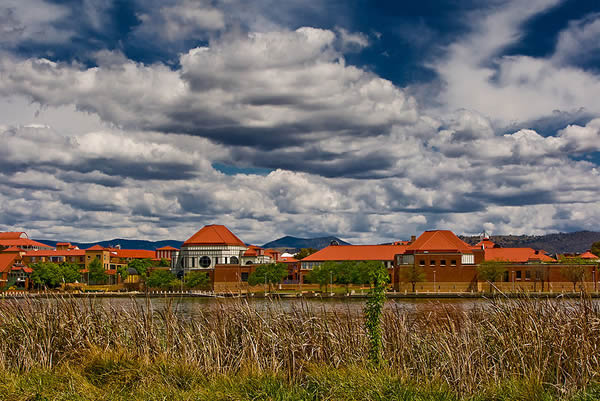
Like many other locals, I was disheartened to read last week’s media coverage suggesting that Tuggeranong was dying and losing its soul.
It was disappointing to hear that my community, a place I have grown up in and loved for three decades, to be portrayed as a deficient and soulless place which people flee, in place of newer regions like Gungahlin.
Because not only is this factually incorrect, it completely distorts the actual experiences of people living in the Tuggeranong Valley.
After all, where else in Canberra could you wake up and come home to the warm sunset hues over the Brindabellas? Or go hiking, fishing, or horse riding all within a 10 minute drive from your home? Or appreciate the understated beauty of life in a quiet, safe and welcoming suburban community, while still only being 20 minutes commute from the city?
We have well-established and attractive streets, high quality schools, and active and lively community organisations across doing their best to improve residents’ life for the better. Altogether, Tuggeranong offers a superior suburban lifestyle that is second to none.
But if Tuggeranong is such a paradise, filled with community-minded, welcoming and friendly folk, then why are people leaving?
Part of the answer is demographic. Older residents who built the first homes have grown old and moved on – either to the coast, other parts of Canberra, or the great beyond. Urban planners have failed to account for this ageing population wanting to remain in Tuggeranong.
Similarly, children and young people who grew up in Tuggeranong find themselves moving elsewhere, either to live in apartments or to find an urban lifestyle not available locally. In both cases, housing options have failed to catch up with the desires of a changing population.
At the same time, successive governments have failed to reinvest in Tuggeranong’s future needs, and have allowed services to decline over time.
Infrastructure and amenities have been allowed to degrade or reduce in quality, while local work opportunities – especially public sector jobs – have been progressively cut back or moved to other parts of Canberra. All this has hindered the development of a vibrant private sector, and the development of Tuggeranong as a sustainable local economy.
So how do we, residents of Tuggeranong, challenge this difficult situation?
The first action, I believe, is to encourage more community involvement to demand (not meekly request) changes to our area, and to get more involved in the way government, community services and planners deliver solutions for the Tuggeranong community.
We also need local people – politicians, community leaders, and concerned residents – to articulate the key issues facing Tuggeranong, and to state ideas for how we can work together to fix them. If we want things in Tuggeranong to change for the better, then we need to direct reforms from the ground up – not wait for governments to see the light or change their mind.
Six months ago, I developed Tuggeranong Action Group as a way to counter the apathy in our community, and to actively promote Tuggeranong as a premier place to live and be part of a community.
I want all Tuggeranong residents to be proud of our quiet beauty and our unassuming community spirit, and I believe that it’s time that the “Cinderella of the South” (acknowledgments to John Hargreaves) finally gets its far share of government support, attention and investment.
For that to happen though, it has to start with local residents advocating for what needs to change. Get active Tuggeranong: it starts with you.
Adrian Brown is the founder of Tuggeranong Action Group (TAG), a subcommittee of the Tuggeranong Community Council.













